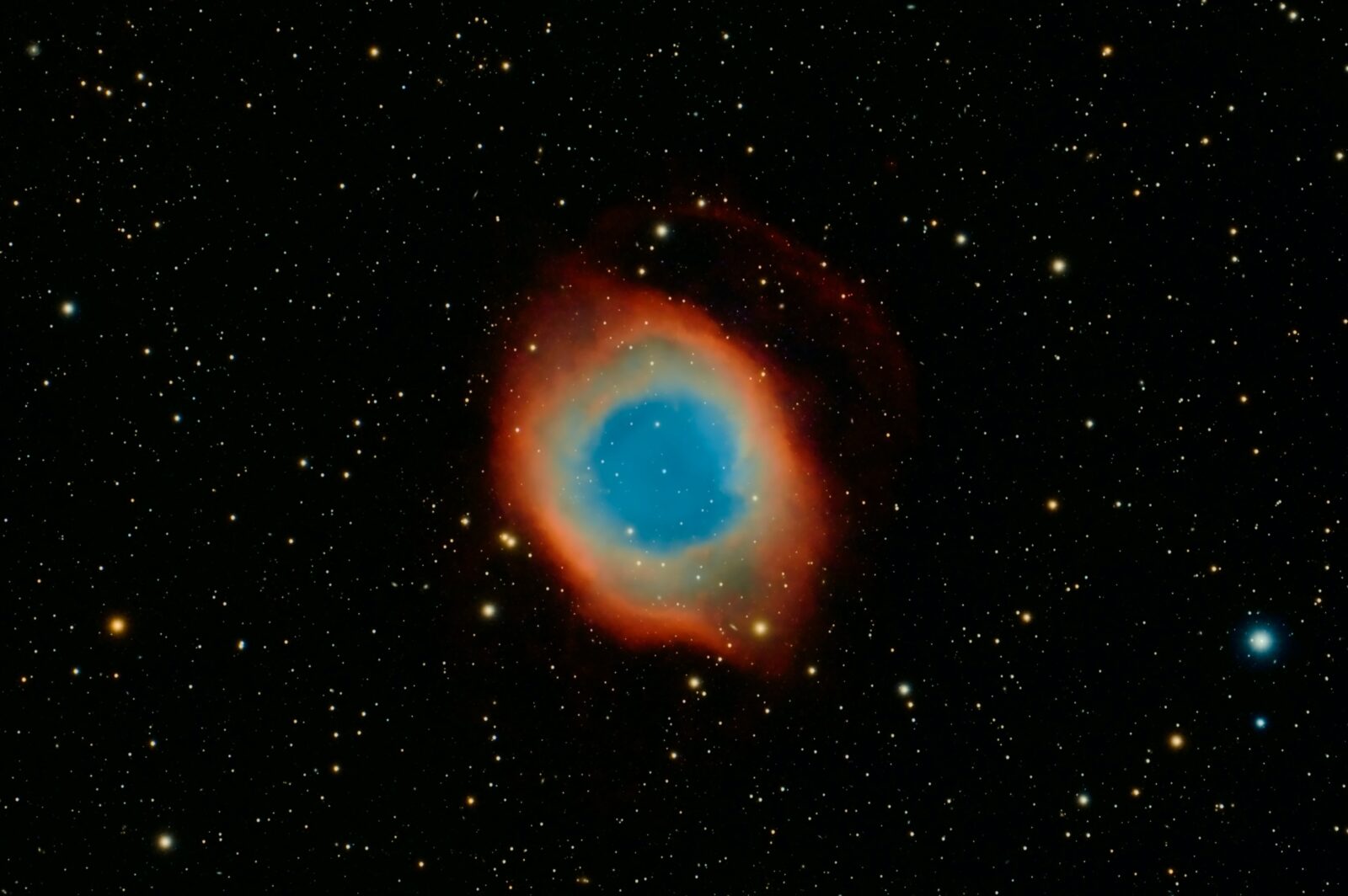Even though 95% of the Universe is invisible and all of it has pretty much the same temperature everywhere, astronomers still made it possible to study many of the galaxies and stars existing out there. They probably didn’t cover even 1% of their total amount, but it’s still a huge progress considering that astronomy was light-years less evolved a century ago, for instance.
Until the 1920s, scientists weren’t even sure that there were other galaxies out there in space except for our Milky Way. But for now, they have complete evidence that our galaxy is just one out of trillions of other galaxies that form the observable Universe. The discovery is mostly attributed to the American astronomer Edwin Hubble, who observed that there are many other galaxies out there and that they’re moving away from us. In this way, he also discovered that our Universe is going through a constant expansion.
Two decades of data led to the creation of a map of the Universe
Johns Hopkins University astronomers created a map of the Universe by using data collected over two decades by the Sloan Digital Sky Survey.
You are already free to download the map and access data that was previously available only to scientists.
Brice Ménard, the creator of the map and also a professor at Johns Hopkins stated as Phys.org quotes:
Astrophysicists around the world have been analyzing this data for years, leading to thousands of scientific papers and discoveries. But nobody took the time to create a map that is beautiful, scientifically accurate, and accessible to people who are not scientists. Our goal here is to show everybody what the universe really looks like.
But there’s no use getting too excited yet, as the Universe is much, much bigger than the map shows or can show. Here’s another statement issued by the same scientist who created the map, as the same source mentioned above quotes:
In this map, we are just a speck at the very bottom, just one pixel. And when I say we, I mean our galaxy, the Milky Way which has billions of stars and planets,
We are used to seeing astronomical pictures showing one galaxy here, one galaxy there or perhaps a group of galaxies. But what this map shows is a very, very different scale.
The Universe could theoretically be even a million times larger than what astronomers call the ‘observable’ part.













Leave a Reply